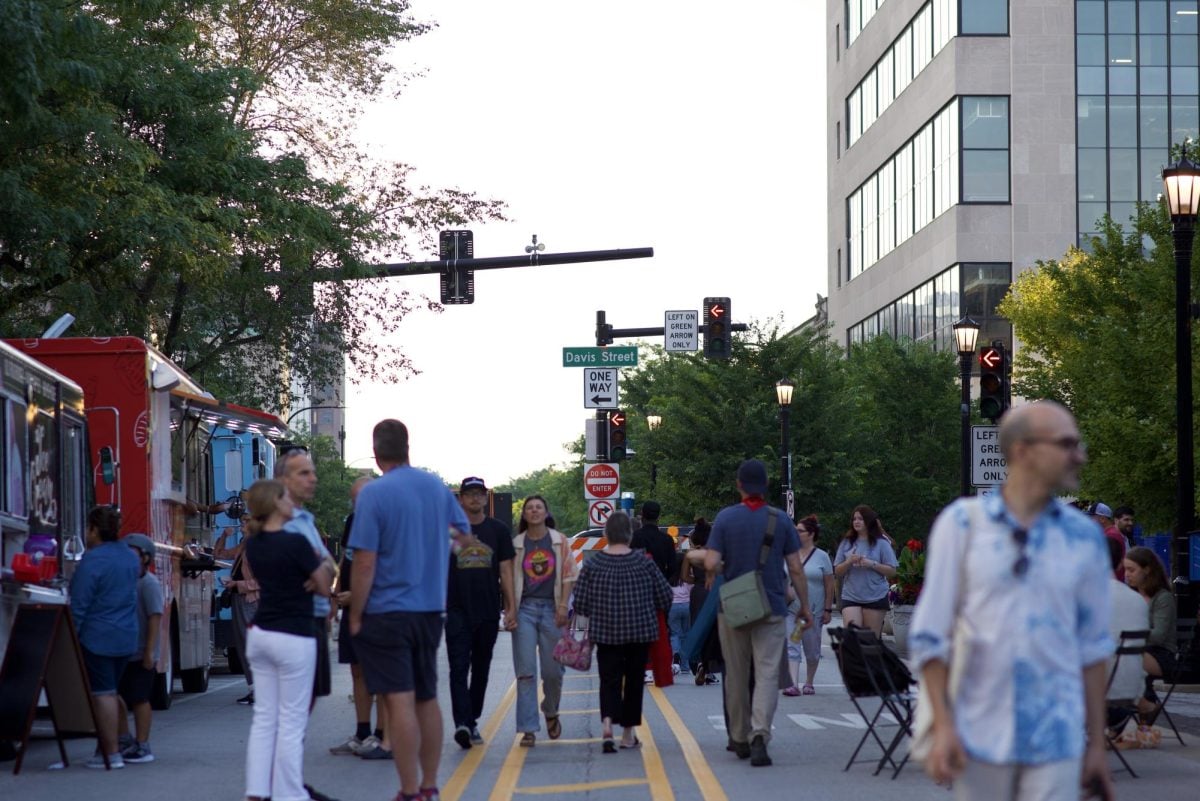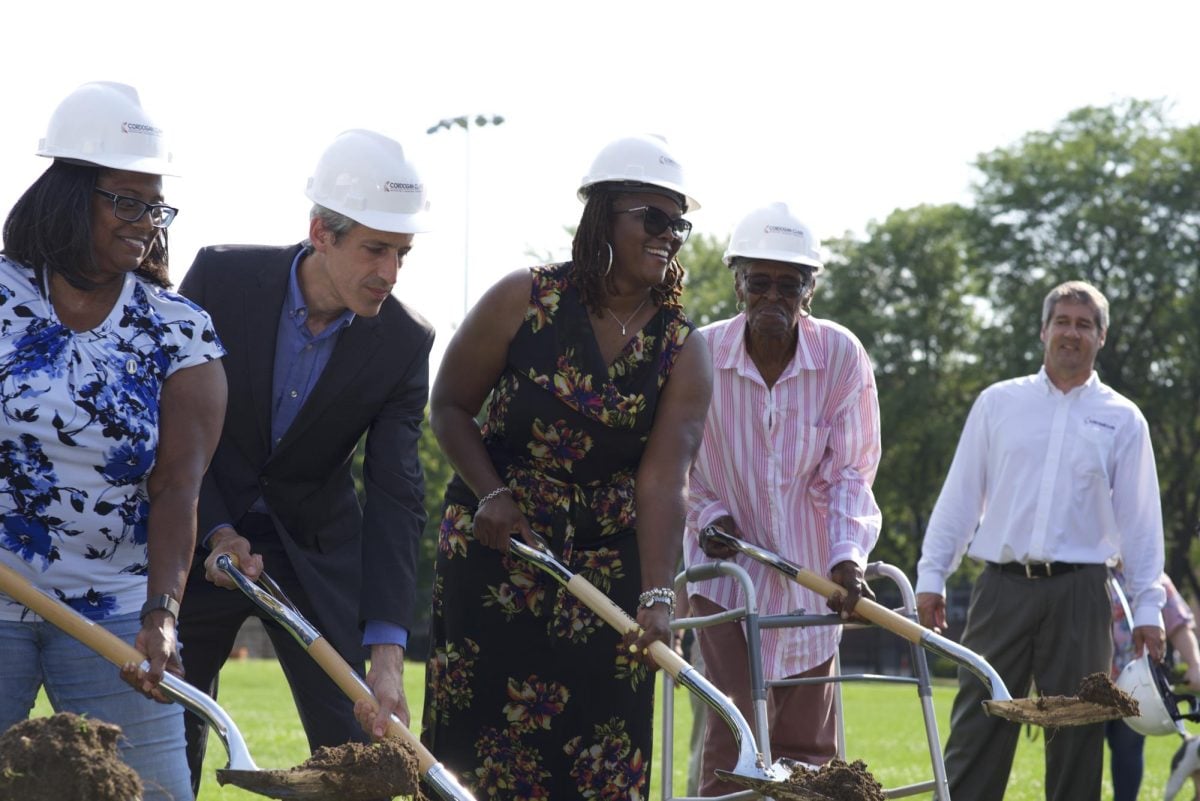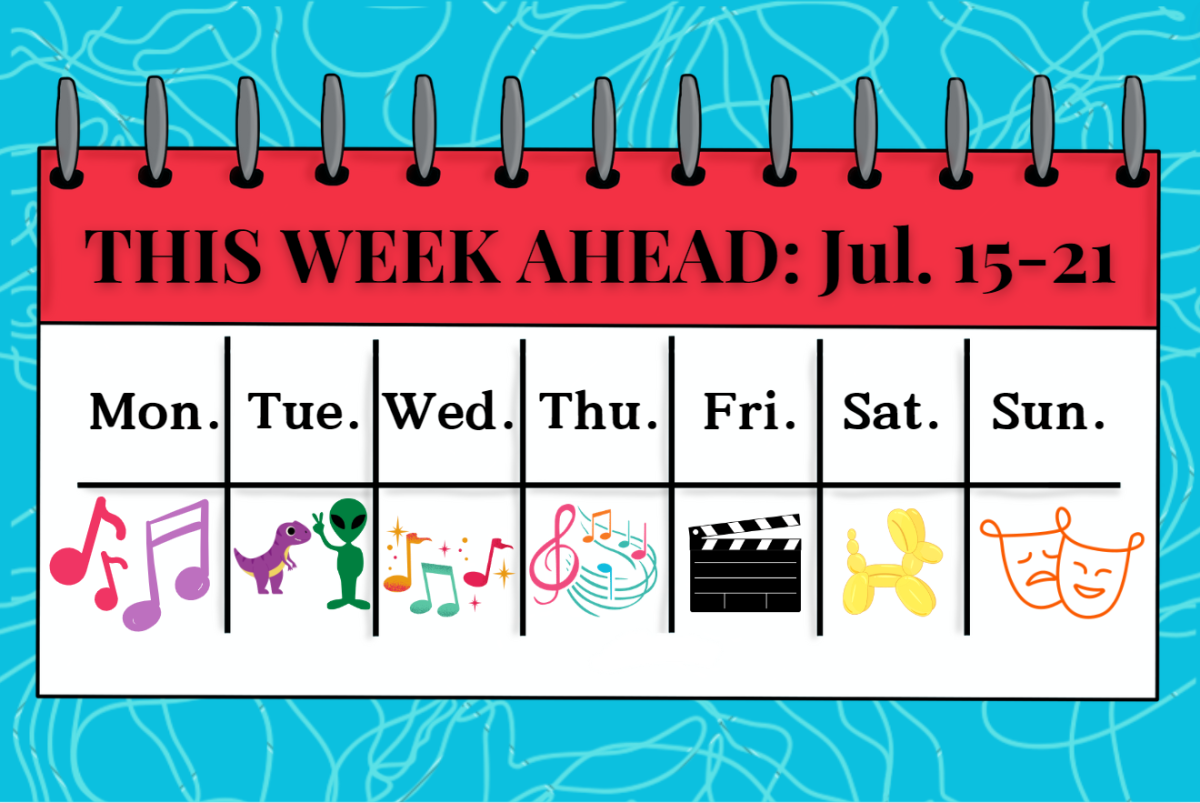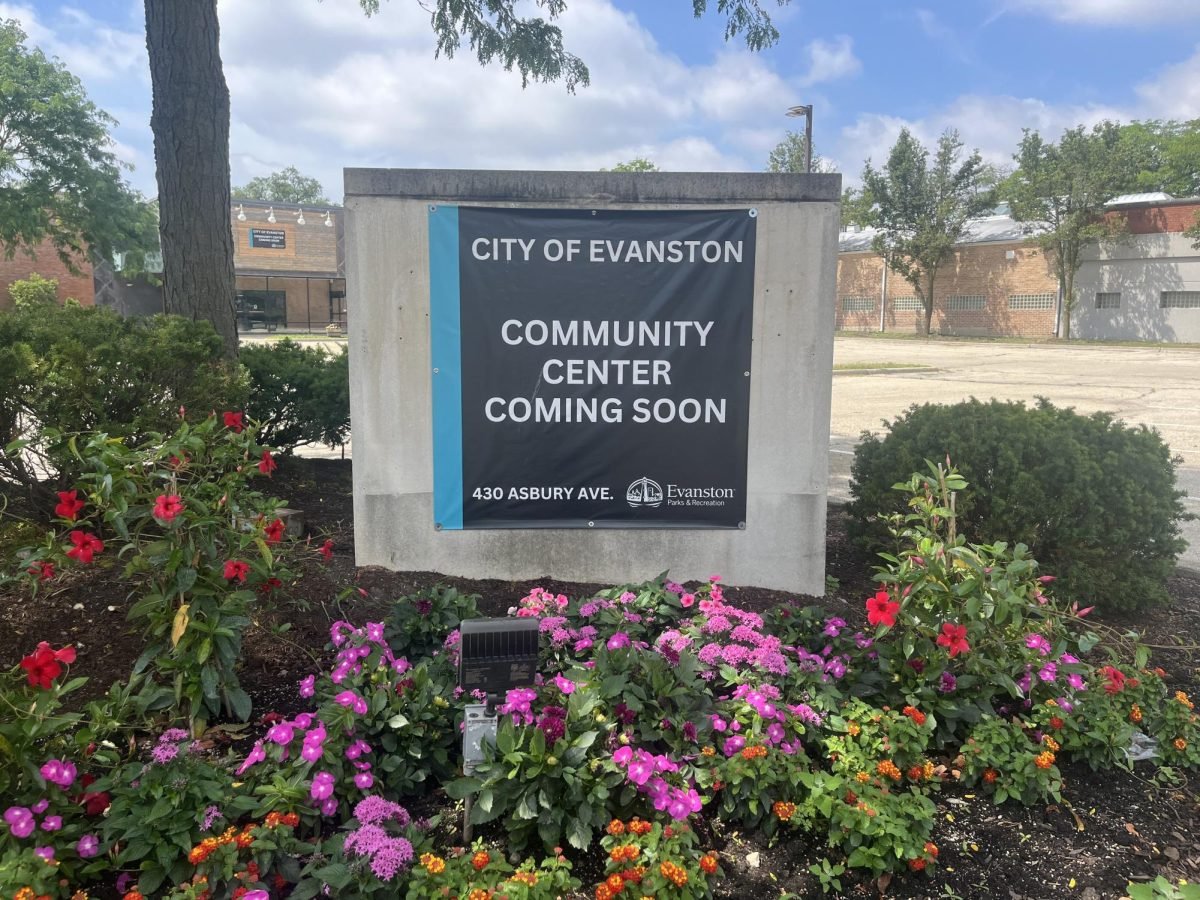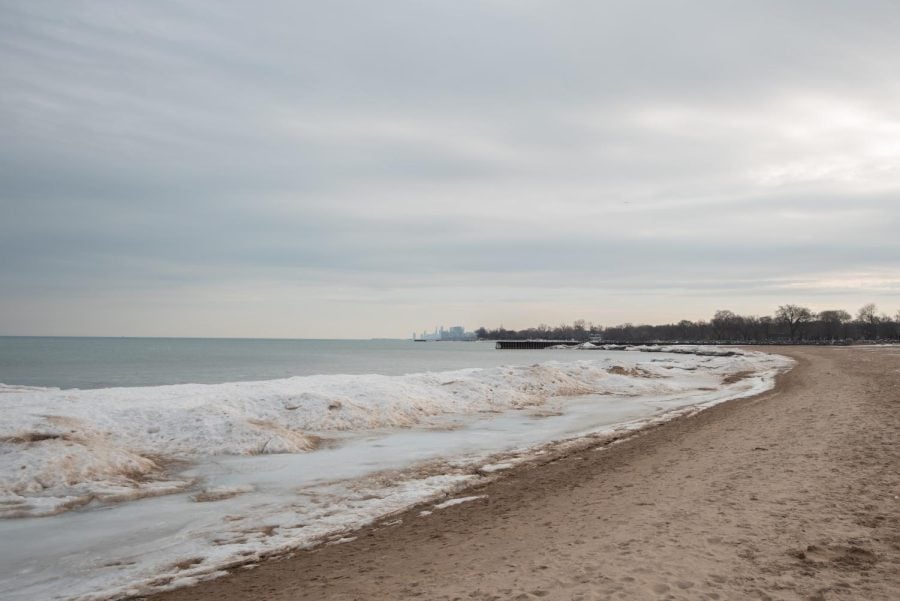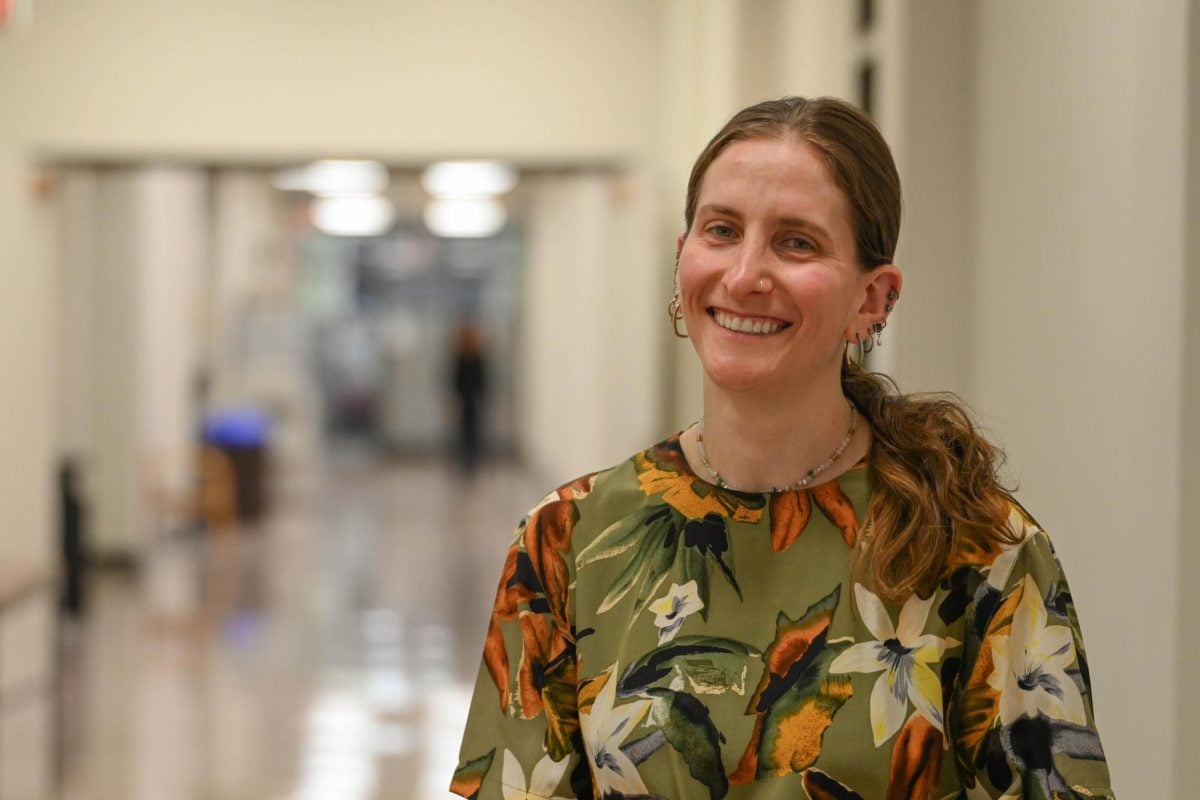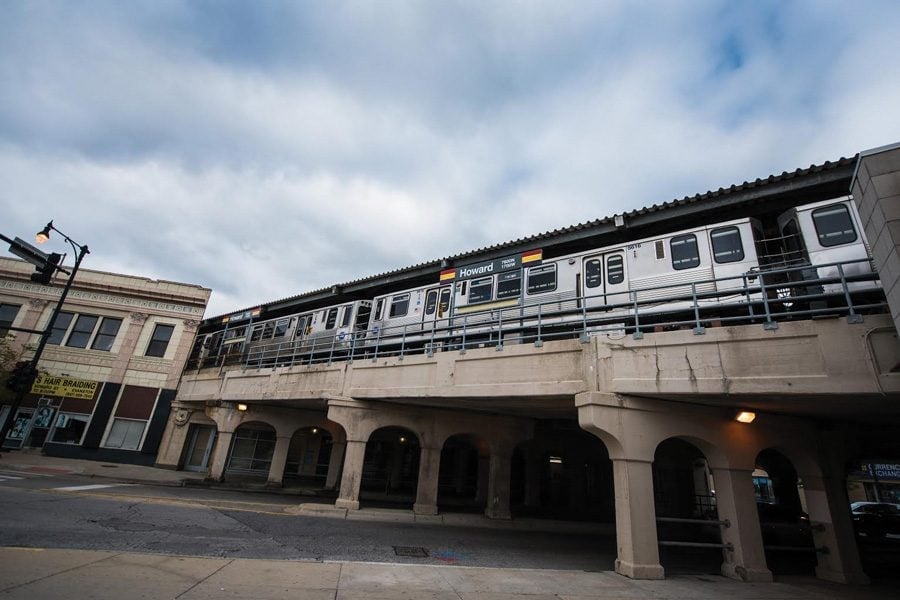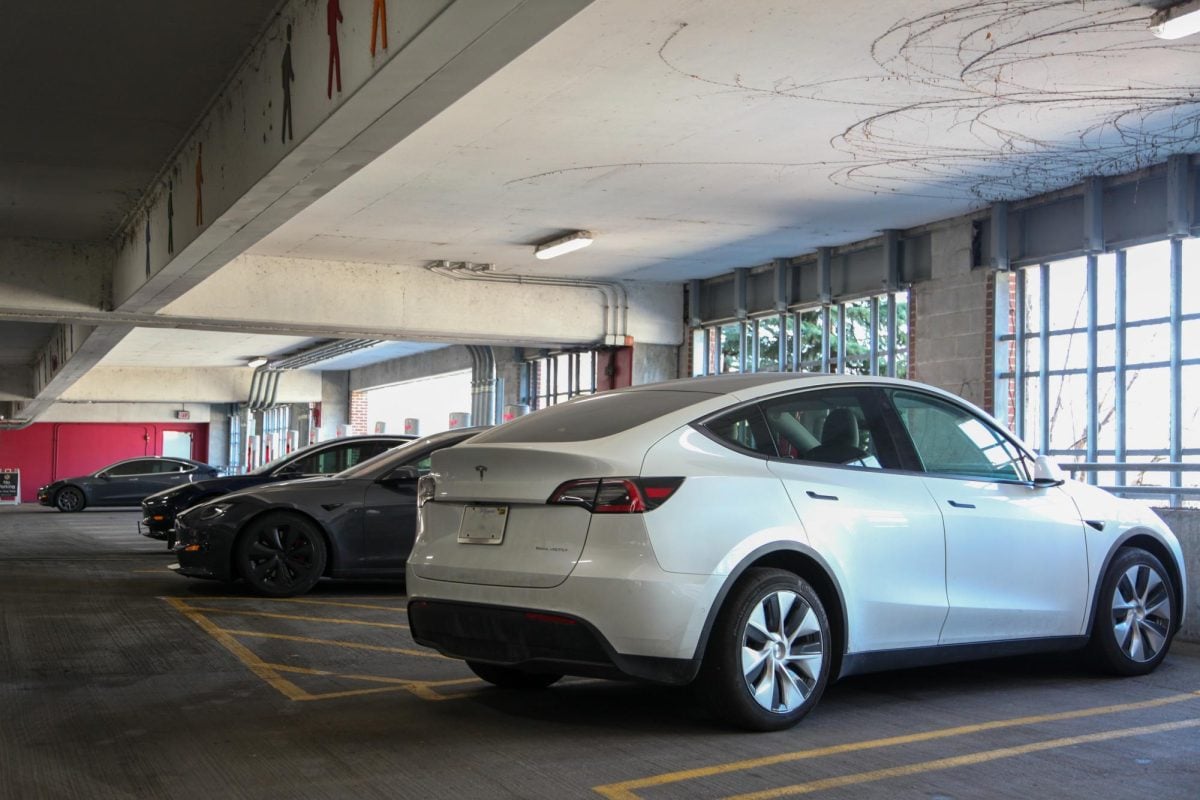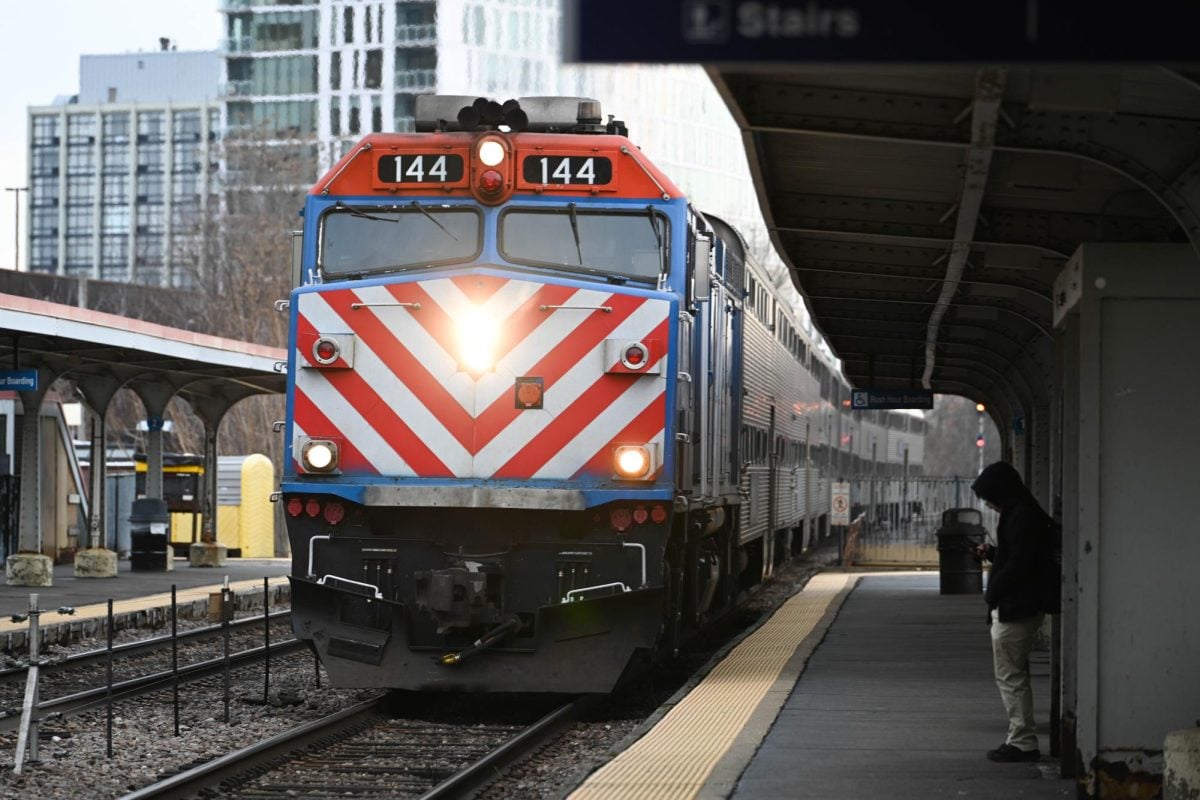Performance issues and delays throughout the Chicago Transit Authority train system have left Chicagoland area residents dissatisfied. Frequent commuters of the Purple Line are particularly frustrated with long transfer wait times at Howard Station.
On weekdays, the Linden-bound Purple Line is scheduled to arrive at Howard every 8-15 minutes in the mornings until 11 a.m., every 12 minutes from 11 a.m.-4 p.m., every 7-15 minutes from 4 p.m.-8 p.m. and then every 15 minutes until 11:50 p.m. On weekends, wait times are generally longer, with at least a 15-minute period in between trains throughout the day.
But, some commuters have reported experiencing longer wait times, especially at night.
Janet Zappone, an Evanston resident, relies on public transportation and her bicycle throughout the day to travel. Zappone said she believes delays at Howard Station are due to track maintenance, as both the Purple and Red lines run on the same track.
“It’s been tough since (Coronavirus) because of staffing, and they’re doing a lot of maintenance on the lines at times, so that’s been difficult,” she said.
Nationally, public transportation services are still reeling from staffing shortages due to the pandemic, which caused fewer trains to run and increased wait times. While the CTA is recovering from these issues, riders remain affected by service delays.
On Oct. 13, some upset commuters held a “Cut Carter Protest,” which called for CTA President Dorval Carter Jr. to resign. Protesters cited increased service cuts due to construction on the Blue line and a failure to meet goals outlined in the CTA’s 2022 Meeting the Moment strategy plan.
The CTA has a monthly target of 78 train delays of ten minutes or more. According to its March 2023 Performance Metrics report, there was an average of approximately 88 delays per month from March 2022 to March 2023.
Just 61% of respondents were satisfied with wait times for CTA trains, according to a 2023 CTA quarterly customer survey.
Maddie Kilgannon, a spokesperson for the CTA, emphasized that the CTA is still in the early phase of the Red and Purple Modernization program, which would completely rebuild and modernize the infrastructure of both lines to improve service. It is currently in the midst of RPM Next Phases — the CTA’s planning and public outreach work. Both fall under the Red Ahead program to renovate and expand the Red and Purple lines.
“Future phases of RPM would include fully reconstructing Howard Station and the entire 3.3 miles of Purple Line track structure and stations from Howard to Linden,” Kilgannon stated in an email. “Under consideration would be rebuilding Howard in a layout that would reorganize Red, Yellow and Purple line trains to improve operations to support faster travel times, reduce bottlenecks, add additional ridership capacity and provide improved access to customers including easier boarding.”
There are many steps to go through before construction can begin, including executing environmental impact reviews, creating designs, engineering and securing funding, the email continued. The complexity and multifaceted nature of the project will require years before construction can officially begin.
The RPM program has become more of a reality since the Federal Transit Administration announced in September that the Red Line Extension Project — also under the Red Ahead Program — is in line to receive $1.973 billion in federal funding. It is also set to receive a $100 million grant from the federal Congestion Mitigation and Air Quality Improvement Carbon Reduction Program.
Despite some of its current drawbacks, Zappone sees the CTA as a “wonderful service for the community” that she’d happily invest in as a taxpayer.
At a September CTA board meeting, Carter stressed the importance of federal funding for future projects.
“If we want to have the type of world class transit system that I’ve been advocating for and that you’ve heard me speak to, we need the funding to support that,” Carter said.
Correction: A previous version of this article misstated the amount of federal funding allocated to the Red Line Extension Project. The Daily regrets the error.
Email: [email protected]
Related Stories:
— CTA plans Red and Purple Line renovations, prioritizing ADA accessibility and increased capacity
— Disability justice activists demand more accessible emergency transportation in Chicago area












